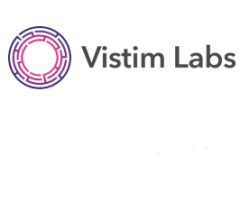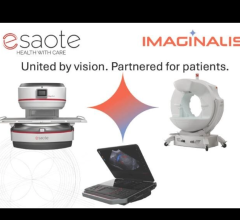
January 4, 2017 — A damaging chemical imbalance in the brain may contribute to schizophrenia, according to research presented at the American College of Neuropsychopharmacology Annual Meeting, Dec. 4-8 in Hollywood, Fla.
Using a new kind of magnetic resonance imaging (MRI) measurement, neuroscientists reported higher levels of oxidative stress in patients with schizophrenia, when compared both to healthy individuals and those with bipolar disorder.
"Intensive energy demands on brain cells leads to accumulation of highly reactive oxygen species, such as free radicals and hydrogen peroxide," according to the study's lead investigator, Fei Du, Ph.D., an assistant professor of psychiatry at Harvard Medical School. In schizophrenia, excessive oxidation — which involves the same type of chemical reaction that causes metal to corrode into rust — is widely thought to cause inflammation and cellular damage. However, measuring this process in the living human brain has remained challenging.
Du and colleagues at McLean Hospital measured oxidative stress using a novel magnetic resonance spectroscopy technique. This technique uses MRI scanners to non-invasively measure brain concentrations of two molecules, NAD+ and NADH, that give a readout of how well the brain is able to buffer out excessive oxidants.
Among 21 patients with chronic schizophrenia, Du observed a 53 percent elevation in NADH compared to healthy individuals of similar age. A similar degree of NADH elevation was seen in newly diagnosed schizophrenia, suggesting that oxidation imbalance is present even in the early stages of illness. More modest NADH increases were also seen in bipolar disorder, which shares some genetic and clinical overlap with schizophrenia.
In addition to offering new insights into the biology of schizophrenia, this finding also provides a potential way to test the effectiveness of new interventions. "We hope this work will lead to new strategies to protect the brain from oxidative stress and improve brain function in schizophrenia," Du concludes.
This work was supported by grants from MH092704 (F.D.); NARSAD (F.D.); NARSAD (D.O.); MH094594 (D.O.); MH104449 (D.O.); Shervert Frazier Research Institute (B.M.C.).
For more information: www.acnp.org


 December 04, 2025
December 04, 2025 









